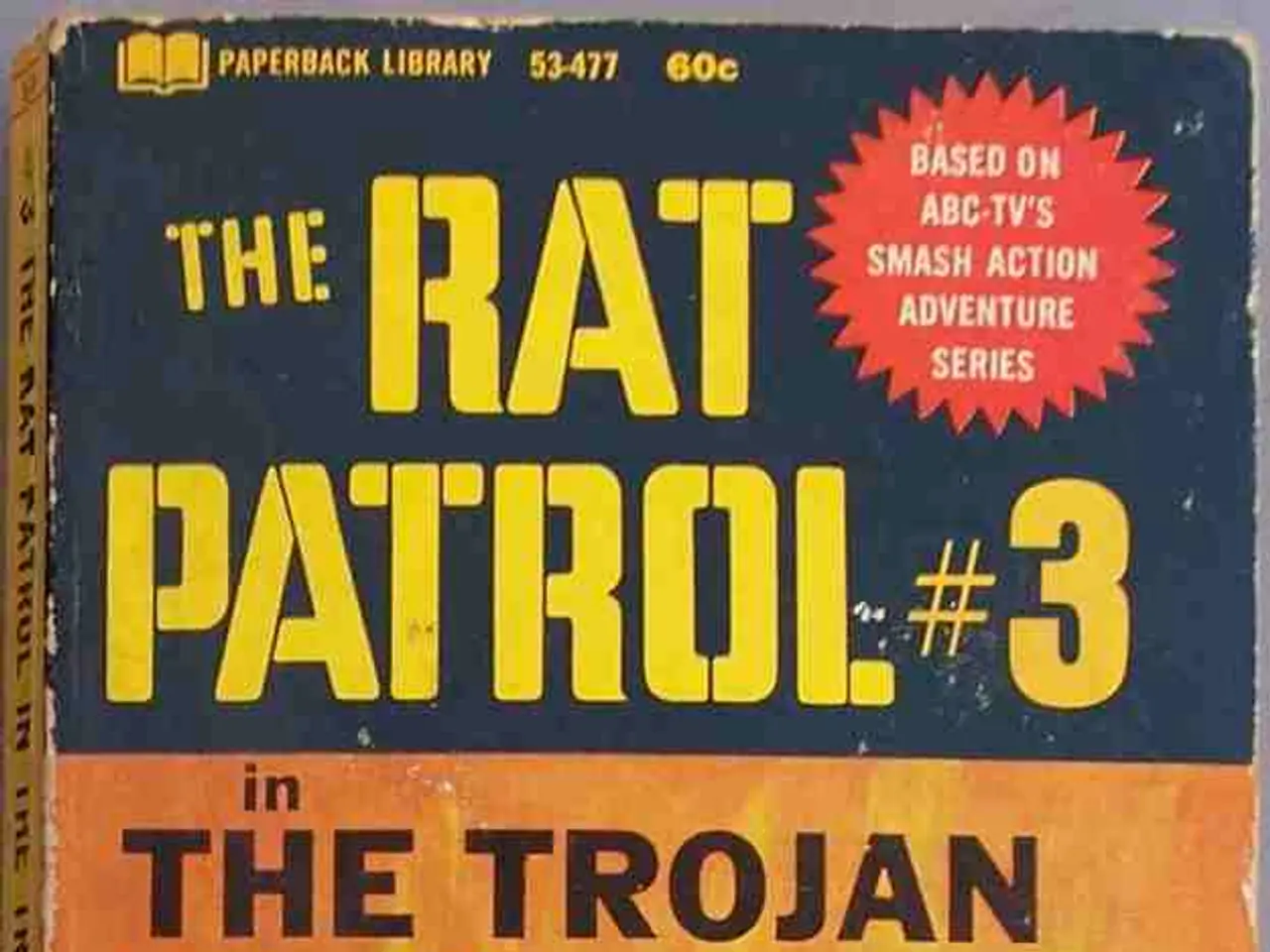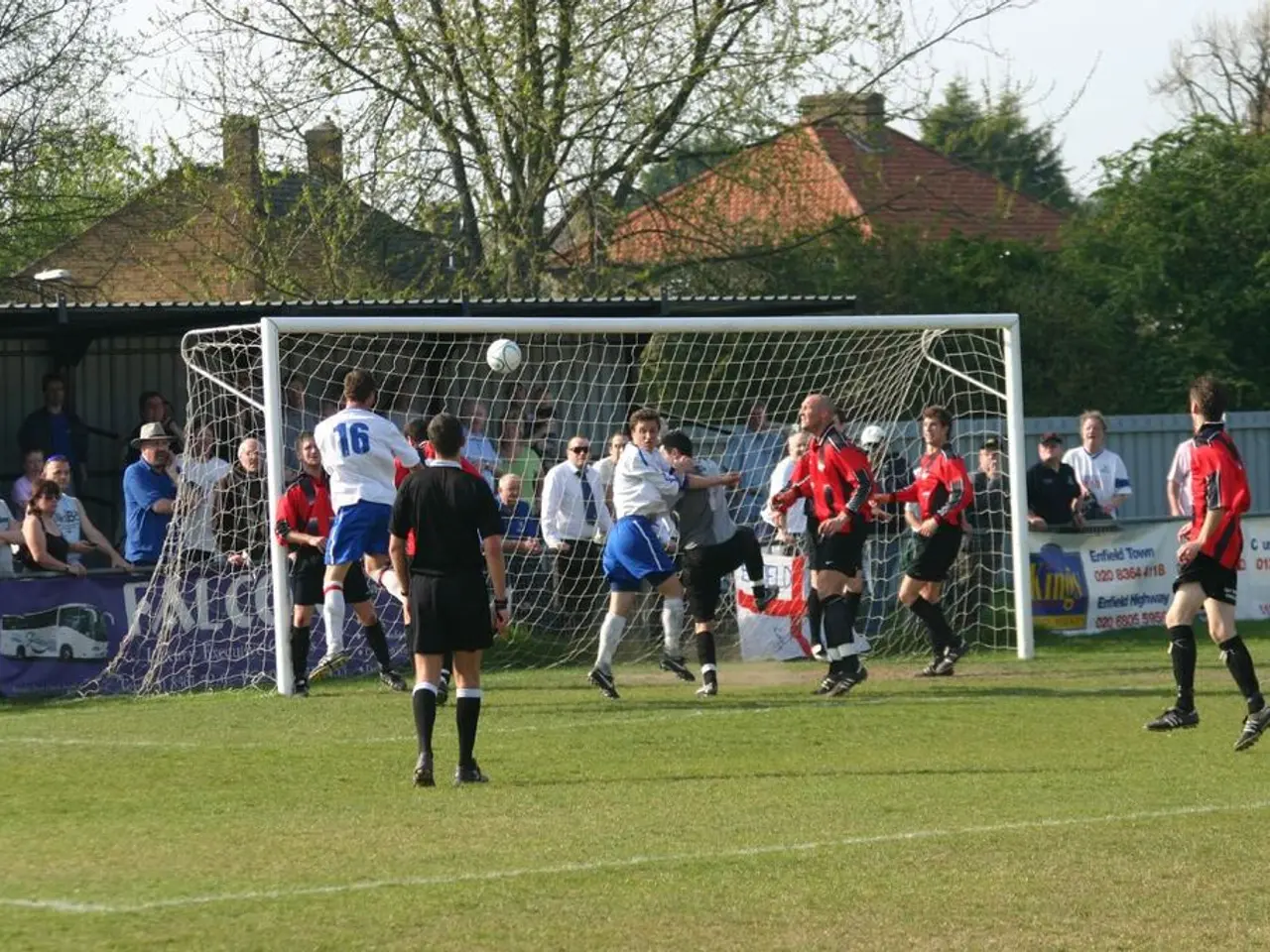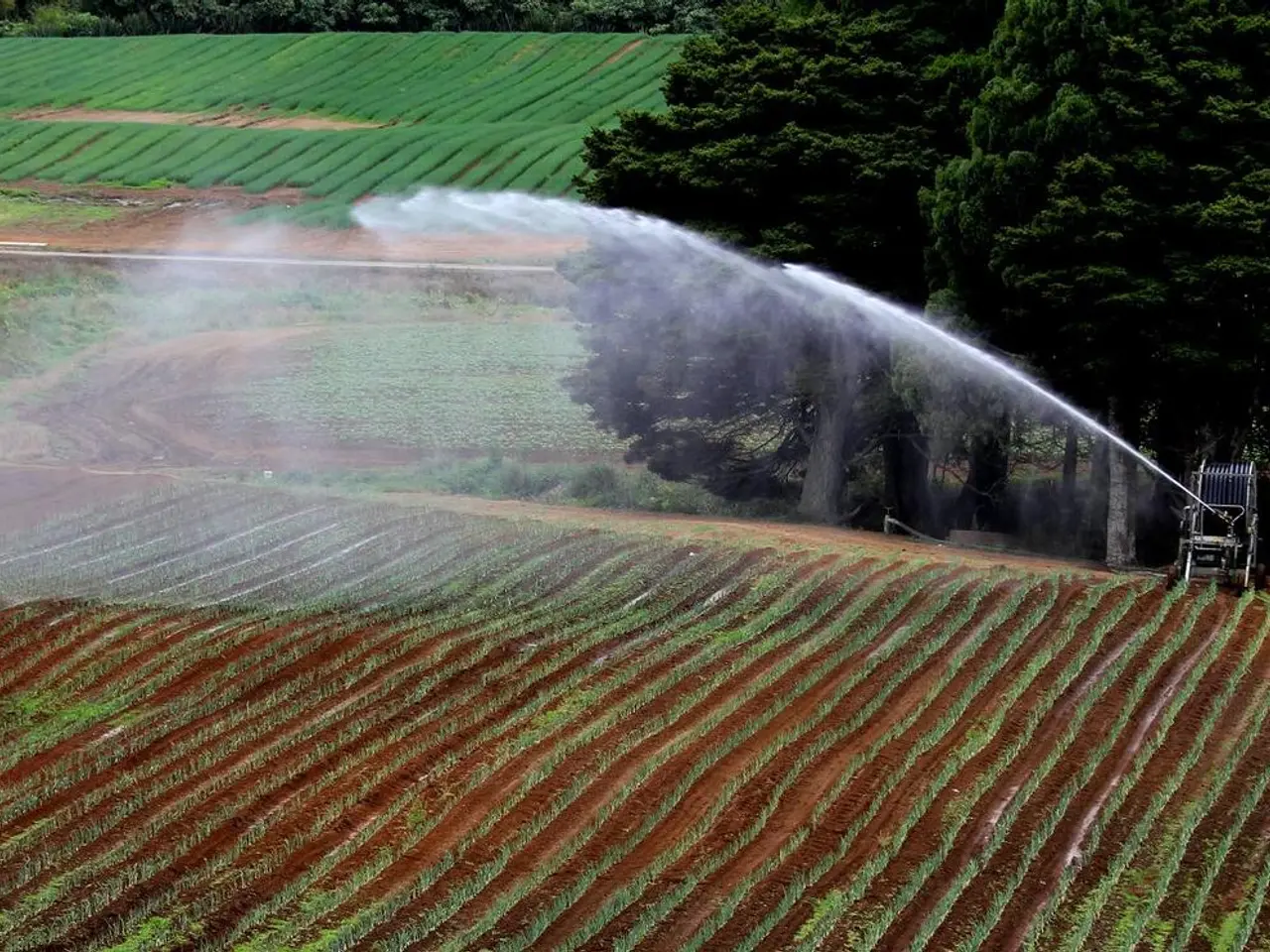Militants in Pakistan suffer heavy casualties with 33 dead near the Afghan border
The Balochistan insurgency, a complex and long-standing conflict in Pakistan, has its roots in economic, cultural, political, and human rights grievances that stretch back to the country's creation. This conflict, marked by multiple phases of armed struggle, is driven by the demand for greater autonomy or independence by Baloch nationalist groups.
Historical Background and Major Phases
The conflict's origins can be traced to the princely state of Kalat's accession to Pakistan in 1948. A faction led by Prince Abdul Karim revolted against this accession, sparking a brief rebellion involving guerrilla-style attacks. This initial conflict, though isolated and without widespread support from the broader Baloch population, set the stage for future unrest.
Another significant phase of resistance occurred in the late 1950s, when Nawab Nauroz Khan led a guerrilla insurgency against Pakistan’s One Unit policy, which merged provinces and diminished tribal leaders’ political power. This uprising, like the previous one, was a localized revolt without broader backing and was suppressed with severe repercussions.
The armed insurgency resumed in the early 2000s, intensifying around 2006, with main militant groups such as the Balochistan Liberation Army (BLA) advocating for independence or greater autonomy, alleging state repression and economic exploitation.
Causes and Underlying Factors
The Balochistan insurgency is fuelled by economic grievances, political exclusion, cultural and ethnic identity issues, human rights abuses, regional instability, and allegations of foreign involvement. Balochistan, rich in natural resources, sees very little economic benefit flowing to its indigenous population, leading to feelings of exploitation.
Central government policies have often undermined tribal leadership and local governance structures, as exemplified by policies like One Unit. Baloch nationalists resist assimilation and demographic changes, including immigration from other parts of Pakistan, which they see as diluting their culture.
Military operations and security tactics by Pakistan have led to allegations of disappearances, torture, and extrajudicial killings, escalating tensions. The broader instability along the Afghanistan-Pakistan border has worsened insurgencies, as militant groups find safe havens and cross-border support.
Pakistan accuses India of supporting Baloch insurgents and Pakistani Taliban militants to destabilize Pakistan, but both India and Afghanistan deny any involvement with militant groups. The operation targeted militants attempting to cross from Afghanistan. Much of the recent violence in Balochistan has been blamed on the Pakistani Taliban.
Summary
The Balochistan insurgency is a multi-decade conflict that originally began with princely-state accession disputes and evolved into broader nationalist demands against perceived economic exploitation, political marginalization, and cultural suppression by the Pakistani state. It has periodically turned violent, with severe government crackdowns and allegations of external influence further complicating the conflict.
This ongoing conflict remains one of Pakistan’s most persistent internal security challenges, driven by economic, ethnic, political, and geopolitical causes. While officials claim the insurgency is largely under control, violence persists in Balochistan. The editor of this article is Rana Taha.
The government's strategic decisions, such as the One Unit policy, have occasionally strained relations with the Baloch population, leading to local uprisings in sports-like insurgencies. Ensuring fair distribution of the region's natural resources, respecting cultural identity, and addressing human rights abuses are crucial steps for the government to address the underlying causes fuelling the Balochistan insurgency.





